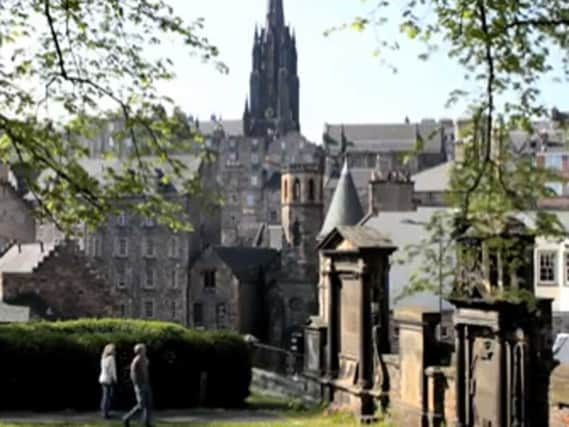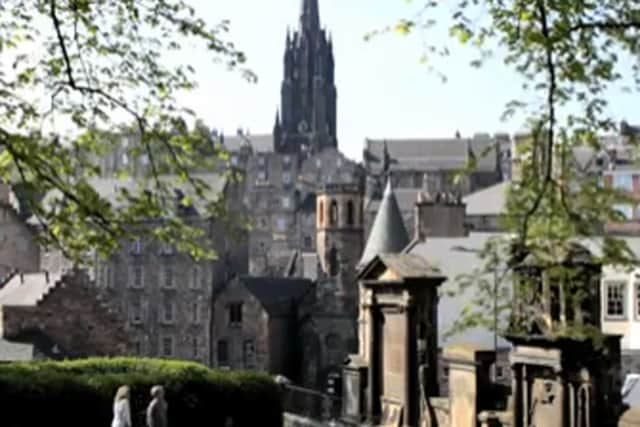Edinburgh Video Guide: Greyfriars Kirkyard
This article contains affiliate links. We may earn a small commission on items purchased through this article, but that does not affect our editorial judgement.


In the above video Rury Mason of Edinburgh Video Guide gives a tour of the site which sits on the southern edge of the Old Town.
A number of notable Edinburgh residents are interred at Greyfriars including the founder of The Mary Erskine School Mary Erskine, accountant and founder of George Watson’s College George Watson and the architect and designer of Edinburgh’s New Town James Craig.
Advertisement
Hide AdGreyfriars takes its name from the Franciscan friary on the site, which was dissolved in 1559. The churchyard was founded in 1561/2, to replace the churchyard at St Giles, which was considered full.


Since 1999, when a homeless person broke into Mackenzie’s stone coffin for the night, Greyfriars Churchyard has been the epicentre of an escalation of unexplained events linked to the ghost of Mackenzie; known colloquially as the Mackenzie Poltergeist. The Mackenzie Poltergeist has been called the most well-documented paranormal phenomenon in the world. Even before 1999, there had been reports of unusual disturbances in the graveyard. Between 1990 and 2006 there were 350 reported attacks and 170 reports of people collapsing.
Visitors reported being cut, bruised, bitten, scratched and most commonly blacking out. Some complained later of bruises, scratches and gouge-marks on their bodies. Most attacks and feelings of unease occurred in MacKenzie’s Black Mausoleum and the Covenantors Prison. In 2000, an exorcist, Colin Grant was summoned to the graveyard to perform an exorcism ceremony; he was said to have picked up “evil forces” and claimed that the forces were too overpowering and feared that they could kill him. A few weeks later, he died suddenly of a heart attack. Edinburgh City Council closed off that part of the cemetery until an Edinburgh-based historian and author, Jan Andrew Henderson, persuaded the council to allow controlled visits to that part of the churchyard and in turn this developed into a nocturnal guided tour.
The Kirkyard played a key role in the history of the Covenanters. The Covenanting movement began with signing of the National Covenant in Greyfriars Kirk on 28 February 1638. Following the defeat of the militant Covenanters at Bothwell Brig in 1679, some 1200 Covenanters were imprisoned in a field to the south of the churchyard. When, in the 18th century, part of this field was amalgamated into the churchyard as vaulted tombs the area became known as the “Covenanters’ Prison”.
The graveyard is associated with Greyfriars Bobby, the loyal dog who guarded his master’s grave. Bobby’s headstone at the entrance to the Kirkyard, erected by the Dog Aid Society in 1981, marks his actual burial place in an unconsecrated patch of the Kirkyard - a peculiarity which has led to many misunderstandings and fictions about his burial. The dog’s statue is opposite the graveyard’s gate, at the junction of George IV Bridge and Candlemaker Row. The grave of Edinburgh police officer John Gray, where the dog famously slept for 13 years, lies on the eastern path, some 30m north of the entrance.
• Over the coming months Edinburgh Video guidewill be showcasing the Capital’s landscape, history and heritage from a unique perspective.